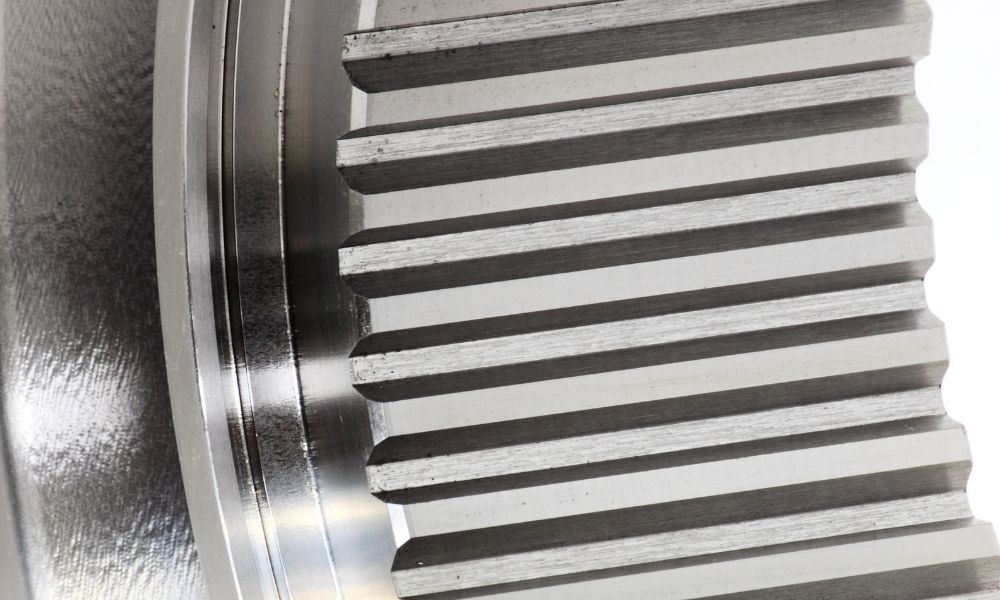Deciphering different gear terminology can often make checking the efficiency and quality of business machinery complicated and confusing. With different technical and mathematical names, these terms can quickly blur together and appear the same.
Knowing the difference between a gear’s diametral pitch and module may seem complicated, but these terms actually reference simple measurements. To learn more about the differences between diametral pitches and modules, follow our guide to better understanding these measurements.
What Is a Diametrical Pitch?
You may have seen or heard the term diametrical pitch while browsing for internal spline manufacturing to widen your internal spline’s manufacturing capabilities. The diametrical pitch of a spur gear refers to the number of teeth to inches of pitch diameter. Essentially, a diametrical pitch determines the total size of a gear tooth. Diametrical pitches are calculated by dividing the pitch circumference by the number of teeth in a gear. Diametrical pitches must have an integral number of gear teeth to accurately reflect each gear tooth in inches. The measurement of a diametrical pitch is written in inches.
Differences
- Represents the total size of a gear tooth
- Measured in inches
- 1 diametral pitch = 25.400 module
What Is a Module?
Modules are the inverse of diametrical pitches. Modules are the unit size that represents how big or small a single gear is. Modules are equal to the pitch diameter divided by the number of teeth in a single gear. Another difference between diametrical pitches and modules is that the pitch diameter is always measured in inches, while modules are measured in millimeters. Modules can often be converted and compared to estimate the diametral pitch to better calculate gear size versus teeth size.
Differences
- Represents the size of a gear
- Measured in millimeters
Although understanding the differences between diametral pitch and modules may be confusing, identifying what measures they represent will ensure your gear systems are working effectively and efficiently. Familiarizing the calculations and conversions used to determine the diametrical pitch and modules also helps check gear and teeth sizing to ensure accurate and successful gears.
Here at Blaz-Man Gear Inc. – Power Transmission Group, we provide customers with the latest knowledge in gear specifications to ensure the highest quality use of your power transmission machinery. Whether you need customized repairs or advice from one of our experts, we provide the highest-quality gear services.
